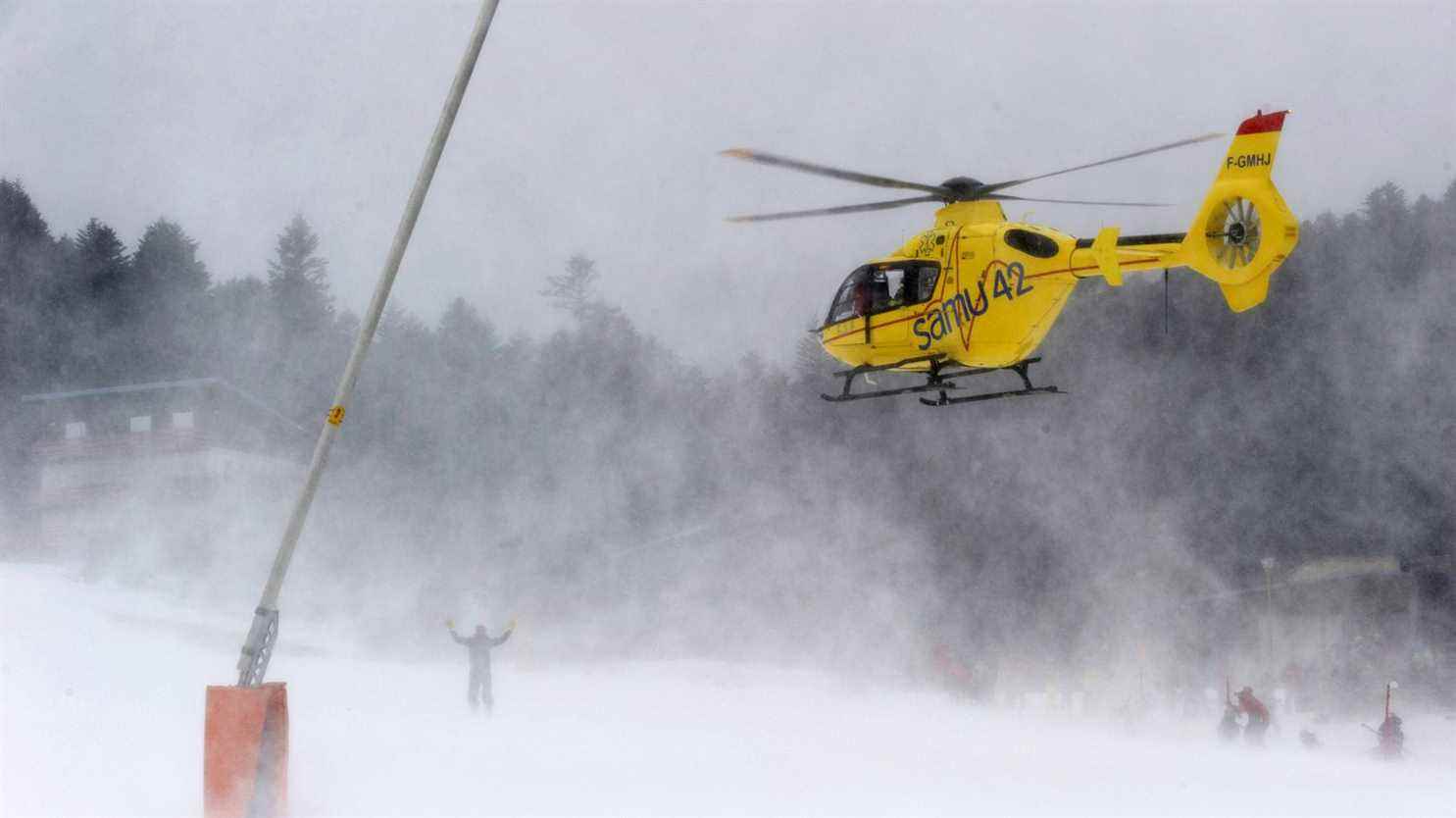Is skiing (too) dangerous? Two fatal ski accidents in a few days in the winter sports resorts of the French Alps revive the debate. On Wednesday January 19, actor Gaspard Ulliel died following a collision on Tuesday with another skier in the resort of La Rosière (Savoie). The previous weekend, a 5-year-old British girl was killed after being hit by a 40-year-old man who was skiing at excessive speed, in Flaine (Haute-Savoie). After these dramas, franceinfo takes stock of ski accidents in seven figures.
More than 100,000 traumatic winter sports accidents each year
Every year, in France, many injuries related to winter sports are to be counted. Thus, no less than 110,000 traumatic accidents, that is to say with injury (a fracture, for example), were recorded during the 2019-2020 season, according to the report by the Mountain Doctors association. (PDF file). A lower figure than in previous years due to the early end of the ski season, mid-March 2020, linked to the Covid-19 pandemic. Over the past twenty years, the annual number of traumatic accidents in France has varied between 130,000 and 160,000 on average.
Twenty deaths per year in ski resorts
Over the last ten ski seasons (with the exception of the 2020-2021 season, when the ski lifts were closed), around twenty people have died, on average, each year, in French resorts, according to a report by the System national mountain safety observation published in 2020 (PDF file). This figure does not take into account deaths due to avalanches. In detail, almost half of these deaths are not traumatic, linked for example to a heart attack.
Only 5% of skiing accidents result in immediate transfer to hospital
If ski accidents are numerous, only 5.1% of them require the injured person to be immediately transferred to hospital or clinic, according to the average of his last ten years, reports the Mountain Doctors association. Only 0.1% of accidents also lead to an urgent heliport from the ski slopes.
Collisions represent only 10% of ski accidents on the slopes
The two terrible fatal accidents of the last days, caused by collisions, are relatively rare cases. Indeed, these clashes between skiers represent only 10% of accidents on the slopes, according to the association of mountain doctors. The vast majority of ski injuries are linked to solo falls. LHowever, collisions cause a quarter of head injuries, including head injuries. This was the case for Gaspard Ulliel, victim of a serious head trauma after a collision, Tuesday, January 18.
As a general rule, these collisions between skiers on the marked areas are not very severe. Severity is much more important for off-piste skiing accidents and when colliding with obstacles (rocks, for example), according to a report by the National School of Mountain Sports (ENSM) delivered in 2019 (PDF file).
The injuries on the knee and in the shoulder account for 52% of injuries
Pay attention to your joints. More than half of the injuries caused by ski accidents concern injuries to the knee or shoulder, according to the Mountain Doctors association. Knee sprains, with rupture of the cruciate ligaments, alone represent 15% of injuries during winter sports, and even double that in women over 25 years of age. In 10-16 year olds, wrist fracture accounts for more than half of the diagnoses.
Collisions between skiers are more frequent on blue runs
The most difficult tracks are not necessarily those where accidents between users are the most numerous. Indeed, it is on the blue slopes, of medium level, that the highest proportion of collisions between skiers takes place, according to the report of the National School of Mountain Sports (PDF file). It was also at the intersection of two blue runs that the accident that caused the death of Gaspard Ulliel took place on Tuesday, January 18.
These tracks with relatively gentle slopes “are skied by skiers of contrasting levels and behaviors, notes the report. Some, experienced, will see it as an opportunity to adopt trajectories along the fall line to acquire speed, others are in the technical acquisition phase, with little autonomy and trajectory regulation.
The helmet reduces the risk of head injury by 35%
In order to limit the risk of traumatic accidents, the helmet is recommended for skiers. With this protection, the risk of head injury decreases by 35%, according to an analysis of several studies conducted on the subject by a Canadian medical journal in 2010 (PDF file). In recent years, the wearing of helmets has become widespread in France, particularly among young people. More than 70% of 13-30 year olds wore this protection in 2019, around 10 points more than in 2016, according to a report from National Mountain Safety Observation System released in 2019 (PDF file).
